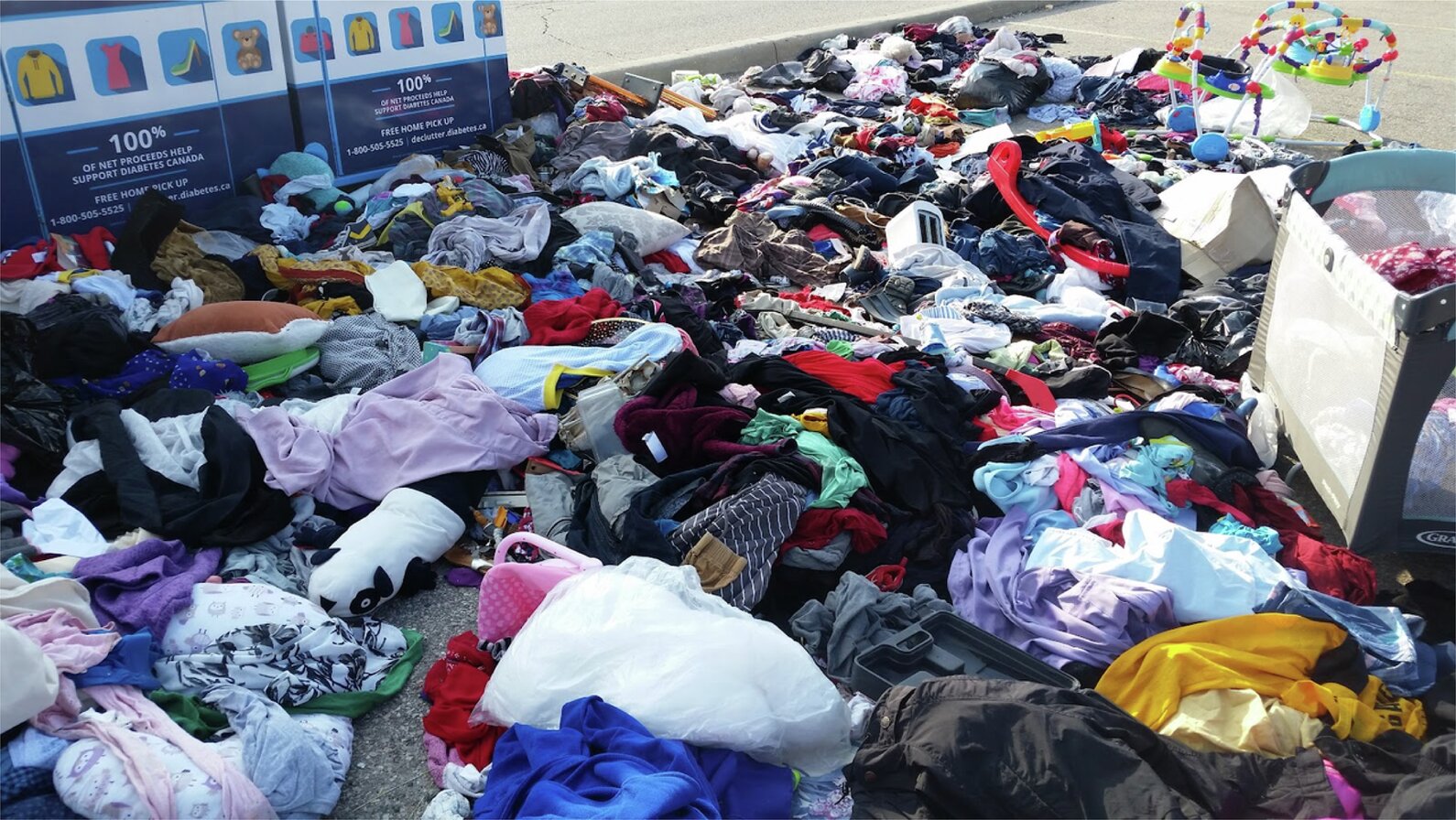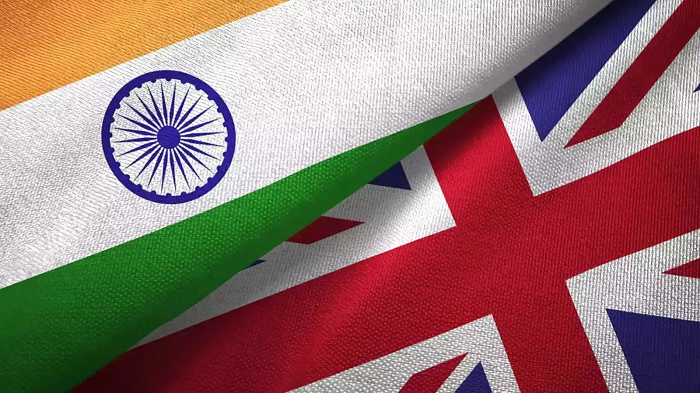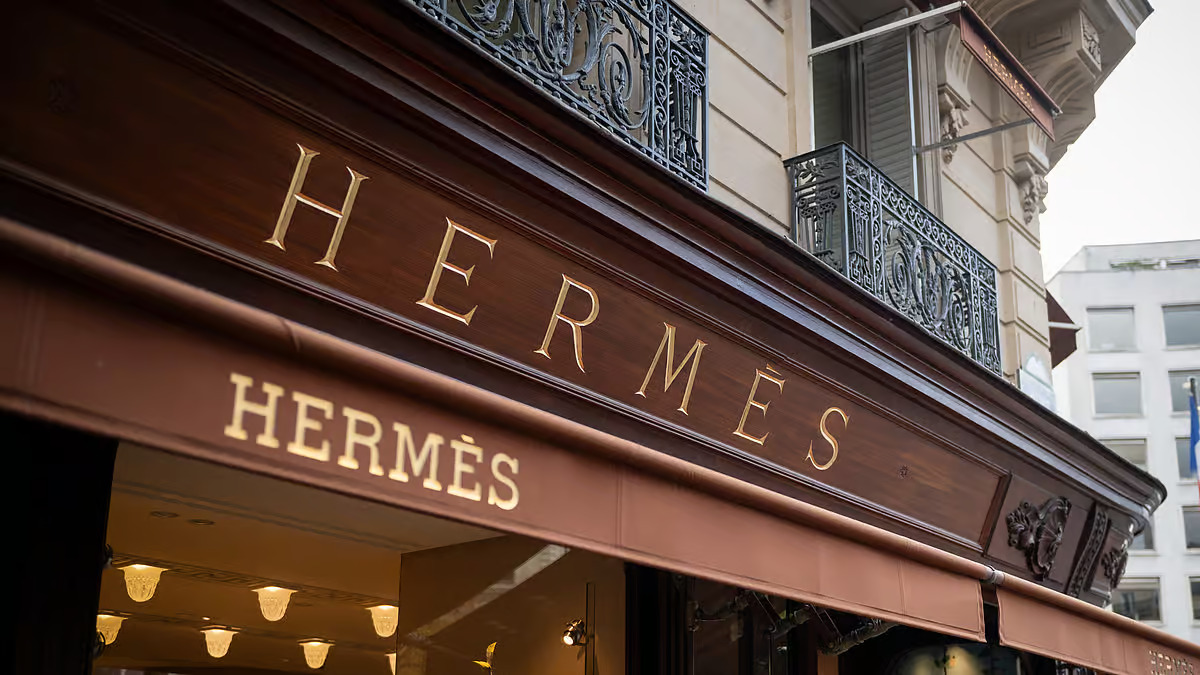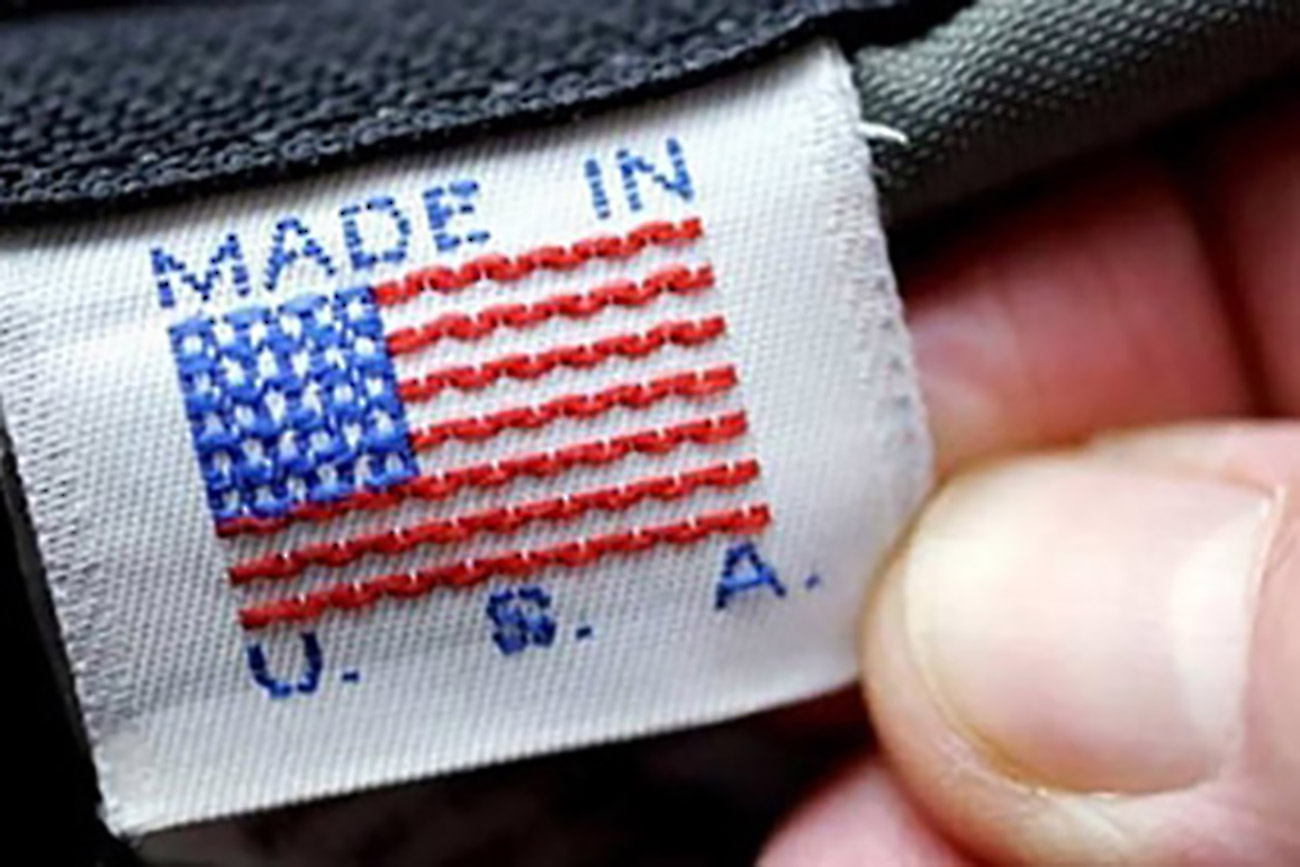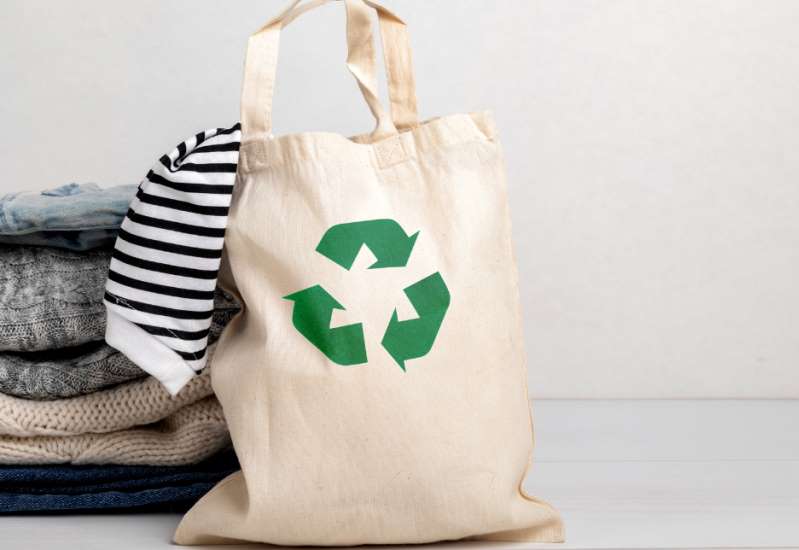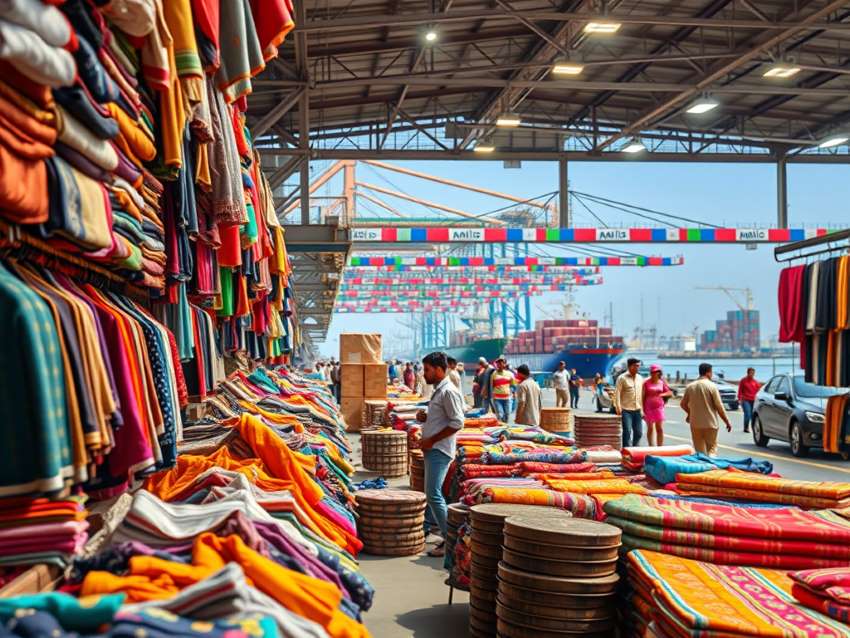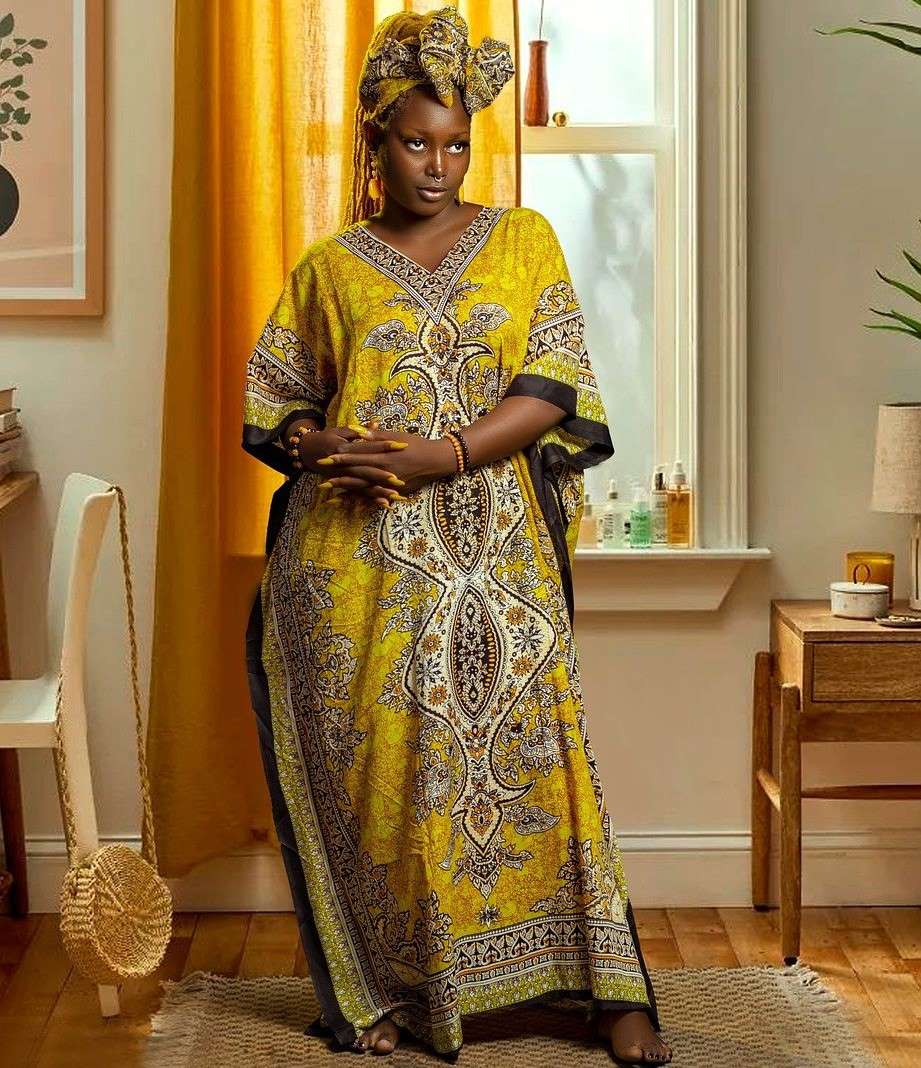
The African fashion industry is currently booming as demand increases from a rapidly expanding middle class in the urban domestic segment as well as from global consumers who are showing more interest in the high quality of craftsmanship in Africa’s cultural tradition garments. Vibrant hues and colorful fabrics, such as wax and printed-dyed cotton are extremely popular around the world.
An inaugural report by UNESCO has estimated the annual African textile, clothing and footwear exports at around $15.5 billion. Although the textiles and garments segment may be the second largest sector with agriculture as the primary segment, Africa’s full potential is yet to be realized. African designers are constrained by poor infrastructure, sparse investment, limited intellectual property protection as well as difficulties accessing new markets and sourcing quality materials.
UNESCO has estimated the deficit in Africa’s textile, clothing, and footwear trade is around $7.6 billion which is a result of stifled local production that has led to the arrival of cheap or free second-hand clothing from abroad.
Re-authorization of AGOA will help garment segment
The earnings from the continent's fashion industry, currently valued at $15.5 billion in exports annually could triple over the next decade with suitable investments and infrastructure, says UNESCO. To help Africa progress faster, US officials will be visiting South Africa in November to meet African trade ministers who will face calls to re-authorize the African Growth and Opportunity Act (AGOA) which expires in 2025. Apparel trade has always been the story of AGOA, which was set up in 2000 to help develop African economies. African apparel exports have reached nearly $1.4 billion last year, which is double the amount pre-AGOA.
Analysts are optimistic as US companies reduce their dependence on China, there is more opportunity for African garment manufacturers to take that place. However, if the AGOA is not renewed soon with proper clarity, capturing a part of China market could be difficult for Africa, as the lack of renewal laws is hitting new investments from abroad. Many US companies are now planning to cut investments or bypass Africa by June 2024, if there is no clarity on the trade laws.
While deepening global polarization Moscow, Beijing and other Western countries are all leveraging trade and economic ties as they increase efforts to court African governments. Many US senators are now pushing for quick AGOA renewal to counter influences from these countries. Even the African governments are wanting a similar re-authorization of the 10-year AGOA extension that was approved by Congress in 2015 with bipartisan support, ideally before an expected US election year pause on new trade legislation, although that looks extremely unlikely..
Fashion weeks and social media propel segment growth
However, in the middle of this economic and political turbulence, Africa’s fashion industry is growing rapidly to meet local and international demand, and fashion events such as the Lagos Fashion Week continue successfully. This annual event features a mix of designers of Nigerian and African fashion and provides a market for local brands to showcase their vast portfolio of apparel and footwear.
The fashion segment continues in social media as well as in movies, films, and fashion shows, in the form of trendy and traditional wearable garments, textiles, accessories and handicrafts in the international markets. With growth in e-commerce and Africa’s young population of 1.3 billion people which is set to double by 2050, the fashion industry in local and global settings will soon be ready to take on the world.

